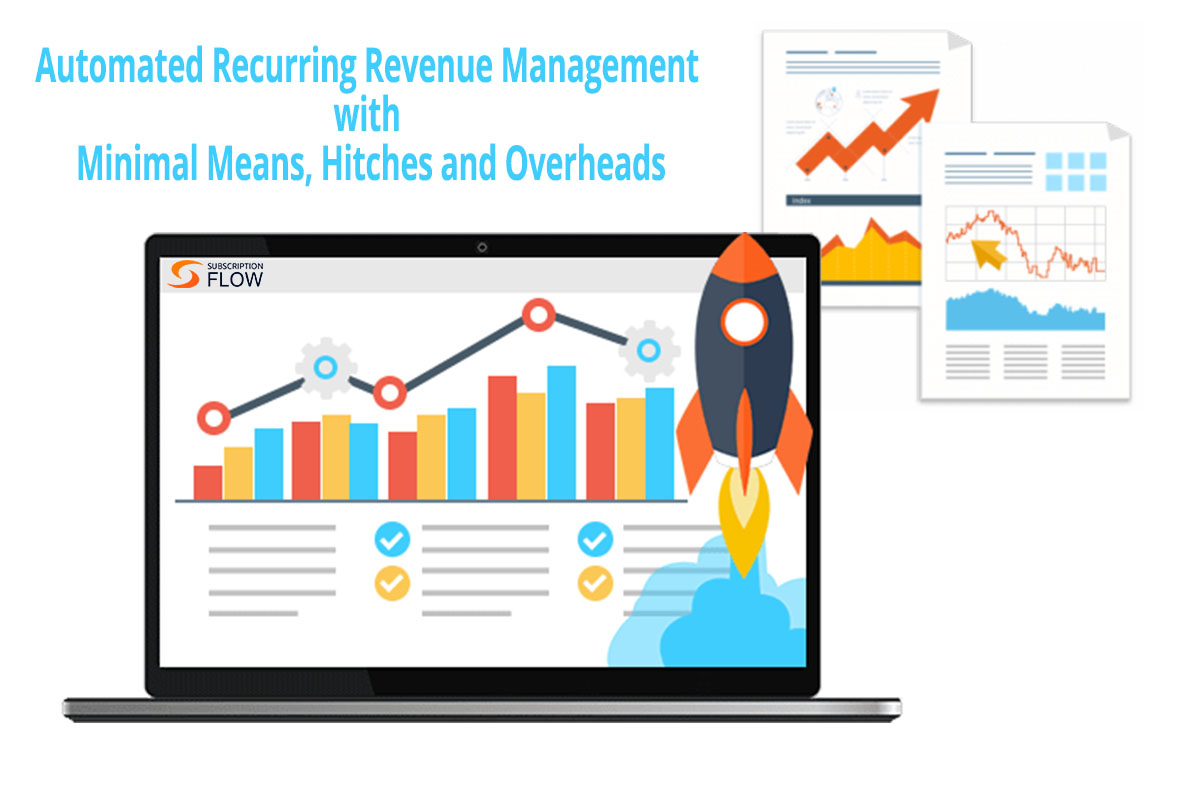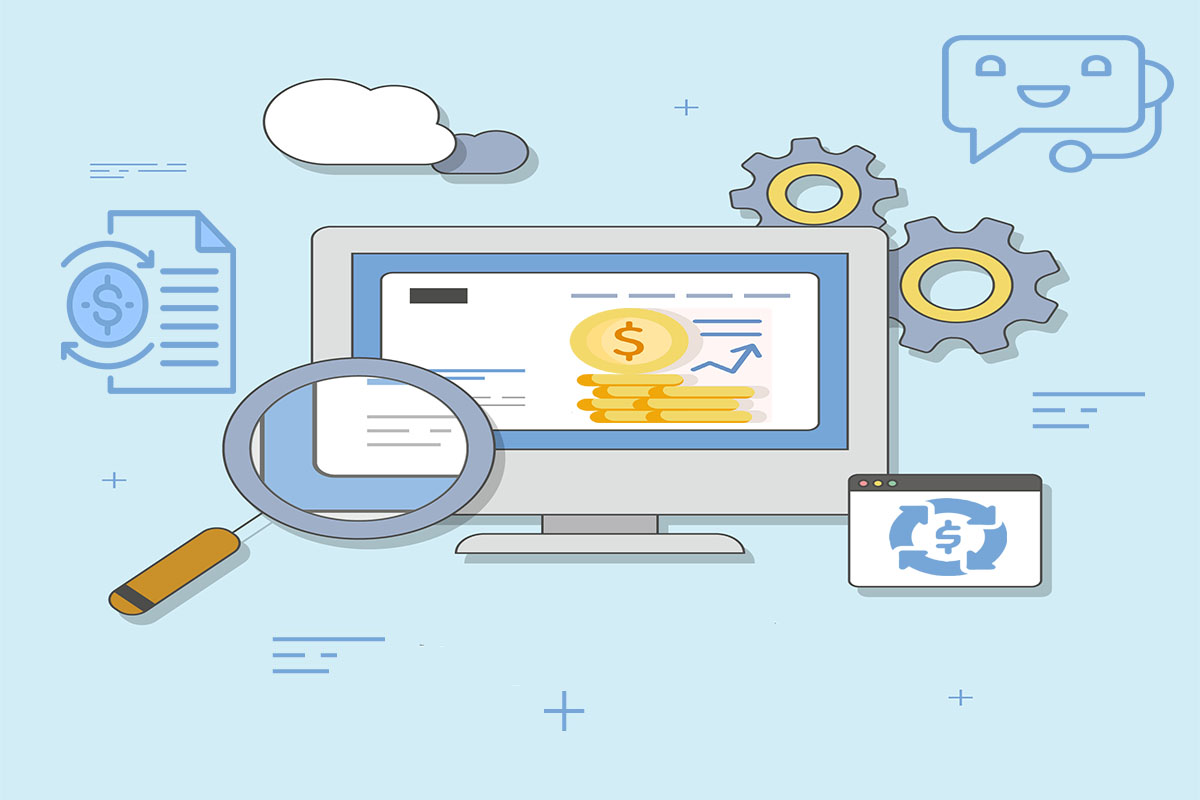
From Robust Reporting to Increased Efficiency—The Benefits of Automated Recurring Revenue Management
Getting the most out of everything is not an option; it is indeed a requirement in this over-competitive and fast-paced world.
Businesses, regardless of their size and resources, need increased efficiency with minimal means, hitches, and outlays.
With a highly proactive approach and data-driven laser-focused strategies, companies, corporations, and organizations from across the industries and businesses are striving to adopt the modernized systems for frictionless operations across the business processes, including sales, marketing, support, quote-to-cash, billing and invoicing, payment processing, and others.
Whatever the model, dimensions, existence, or strategy of a business is, the ultimate goal is to draw the maximum revenue, so that a huge volume of profits can be attracted.
Revenue calculations are not easy to go lucky business. It requires expertise, consistency, dedication, and fixated efforts that costs resources of money, men, and management tools.
The key to drawing, measuring, and managing the revenue at its best is to formulate a system that removes the repetitive frictions with the automation of the cycle.
What is the Revenue and Revenue Process?
Investopedia defines revenue as the income generated through multiple business operations that include discounts, promotions, as well as deductions for returned merchandise.
The total top line or gross income figure is revenue. It is the sum of all the operational and non-operational revenue. This calculation is called revenue process management.
The revenue process is the practice of identifying, collecting, and managing the revenue in a business based on its sales. The revenue process management is required to maintain financial viability and continue to provide quality care for their patients.
In general, it can be calculated as;
Sales Revenue=Sales Price × Number of Units Sold
Revenue can be categorized into several types based on different approaches. One such approach is revenue streaming.
Revenue Streams are the various sources from which a business earns money from the sale of goods or the provision of services.
Based on the streaming, these are the types of revenue:
Project Revenue—revenue earned through one-time sales of physical or digital goods or services from one-time payments made by the existing or new customers.
Recurring Revenue—it is the revenue generated through the existing customers by selling them access to the products or services on a recurring basis.
How Does Recurring Revenue Work?
The most common examples of recurring revenue include subscription fees, renting, leasing, licensing content or services, SaaS, cloud computing infrastructure access, brokerage, advertising, recurring service charges, etc.
In the last few years, the recurring revenue model has proved its stability, predictability, and reliability in the market by providing solutions for consistent and continuous streaming of revenue.
The force behind the recurring revenue is the recurring billing that generates recurring payments.
After every interval and for a term, recurring revenue is reflected in the merchant’s account whenever the billing cycle hits.
Difference Between Revenue Recognition and Recurring Revenue Management
Recurring revenue is tempting and compelling for the businessmen as they love to see the growth of the cash in their accounts. However, in the recurring billing business, all the money landing into the merchant account is not revenue. It can be said an up-front cost that only be entitled as revenue when earned. Otherwise, it is a liability that can go out of the stream if there occurs any interruption in the recurring services.
The concept of earned and deferred revenue is revenue recognition.
Revenue recognition is a generally accepted accounting principle (GAAP) and a vital feature of actuarial accounting. It is the recurring revenue calculation required for auditing at the end of the year but is different from recurring revenue management.
Understanding the Recurring Revenue Automation
To measure and manage the growth of the recurring revenue for instant insights, different metrics are used that include the monthly recurring revenue, annual recurring revenue, committed recurring revenue, net recurring revenue, or more. These metrics overview the growth of the recurring revenue, the sources, and the opportunities to earn more revenue.
Management of the recurring revenue can be cumbersome and prone to complications and errors. Though these can be reduced and to an extent can be eliminated with automated management of the recurring revenue using the metrics mentioned above in a customizable, agile, and flexible subscription management software for the automated recurring billing and payment processing.
These applications can further be integrated with the accounting software that offers revenue recognition or with the advanced revenue automation and management platforms.
Also Read: What is MRR, And, Why Is It Inevitable for Measuring Recurring Revenue for Subscription Businesses?
Why Automated Recurring Revenue Management?
Automation of the recurring revenue process management is important to reduce the risks that can harm the overall management of the annual revenue streaming, cause distraction in the revenue recognition, and can abrupt the profit projections that consequently can disrupt all the business processes.
Automated recurring revenue management is the product of automated recurring billing and payment processing. The automation of these processes reduces the following risks:
- Billing and invoicing errors that cause billing disputes.
- Inaccurate invoices that loom revenue leakage and create unhappy customers.
- Manual processes mean complicated spreadsheets with errors and complexities.
- Billing, invoicing, and payment management lags.
- Inability to manage all the recurring revenue components in one place for a big revenue picture.
- Failure to manage mid-of-the-cycle changes prone to the complications of undocumented losses or profits.
- Limited ability to handle business and revenue growth.
And more.
How to Begin With Automated Recurring Revenue Management?
Automated recurring revenue management is the key to your subscription and SaaS business management. Take advantage and put all the management of automated invoicing, billing, payment processing, and recurring revenue on auto-pilot mode with SubscriptionFlow.
With SubscriptionFlow—the cloud subscription management platform, you can thrive by providing hassle-free, easy, simple, and highly automated subscription and billing services to your customers along with multiple payment, currencies, regions, integrations, and business support. SubscriptionFlow offers intuitive metrics for recurring revenue management for accurate recurring revenue reporting, revenue recognition, recurring revenue forecasting, and more.











